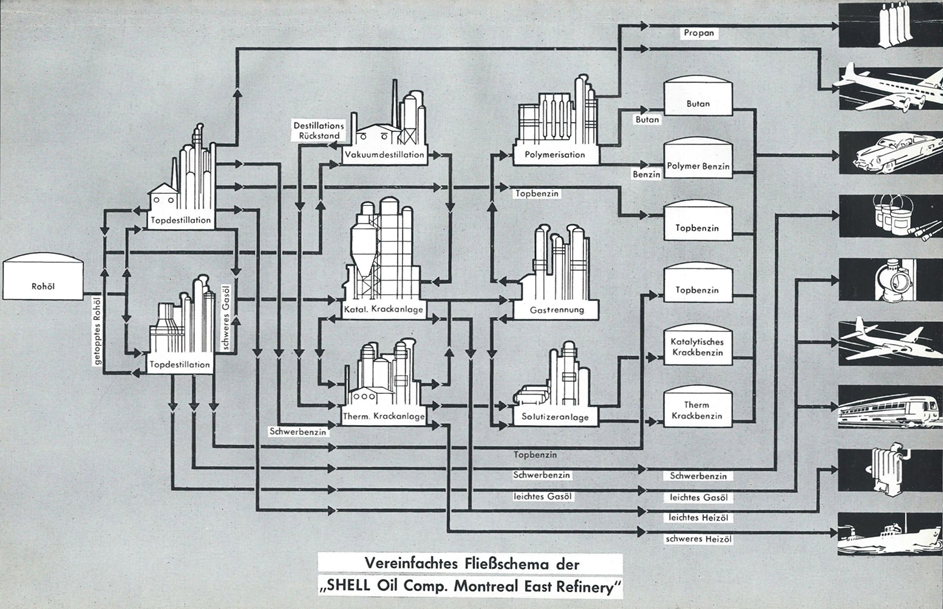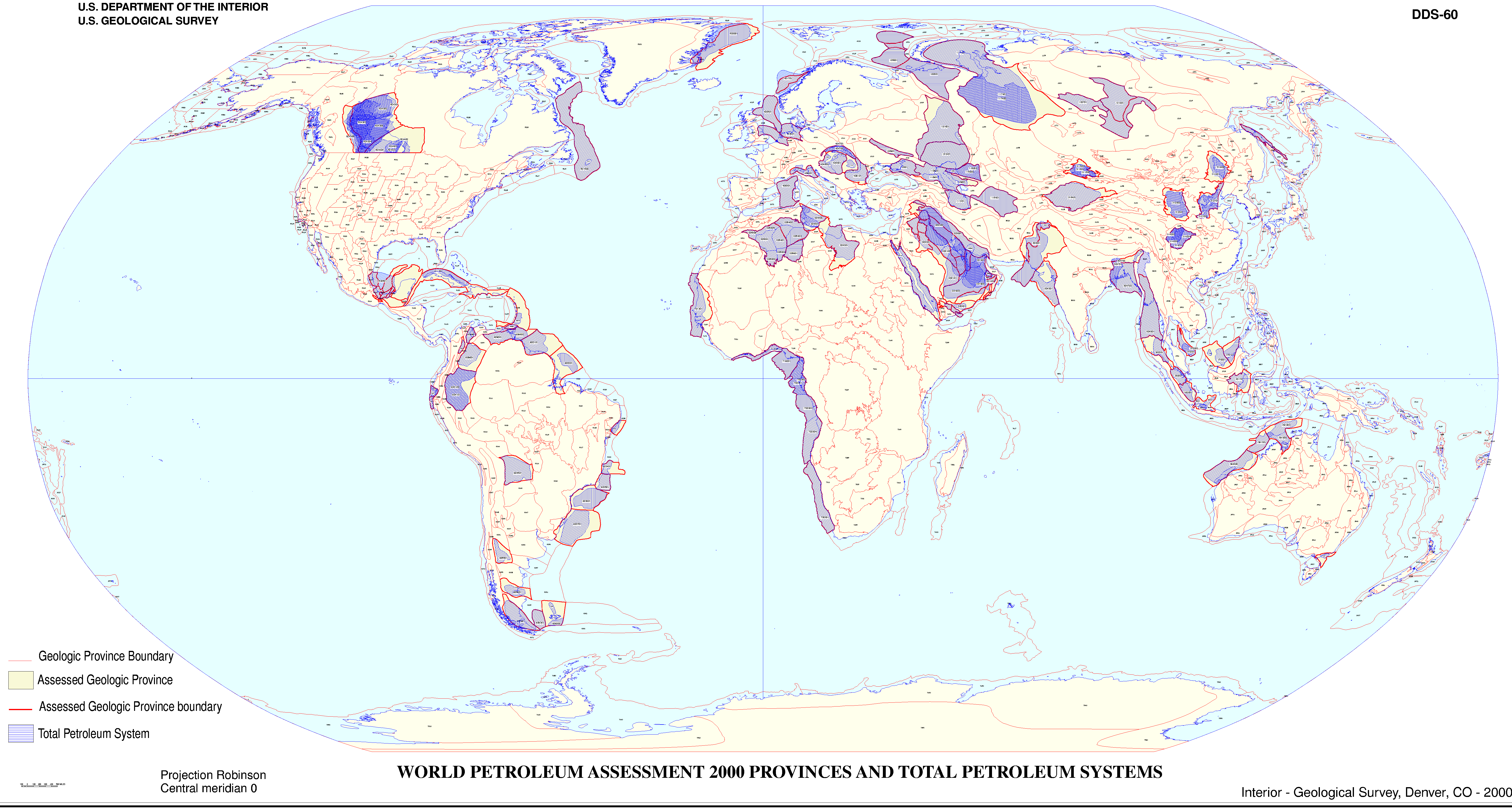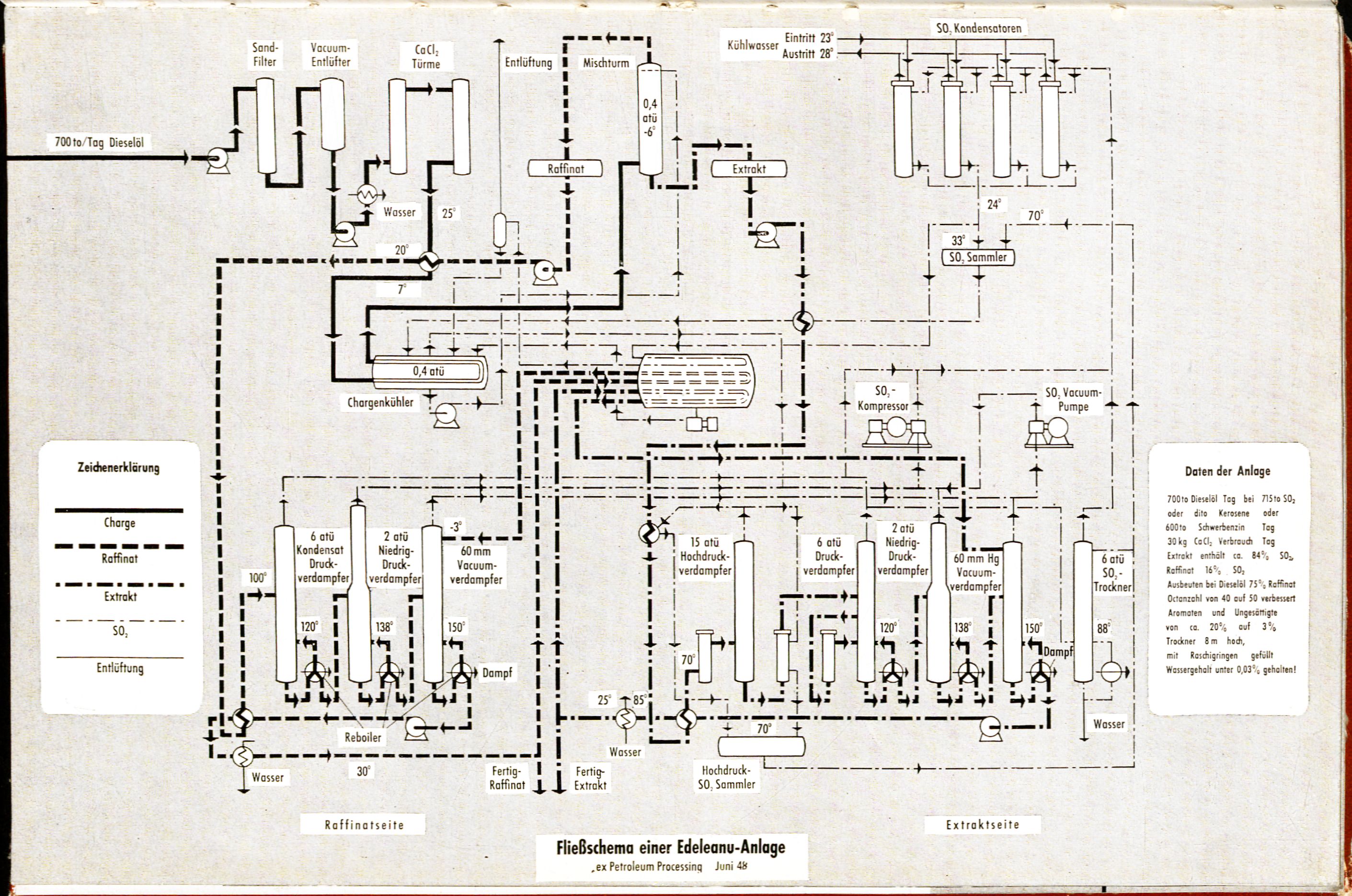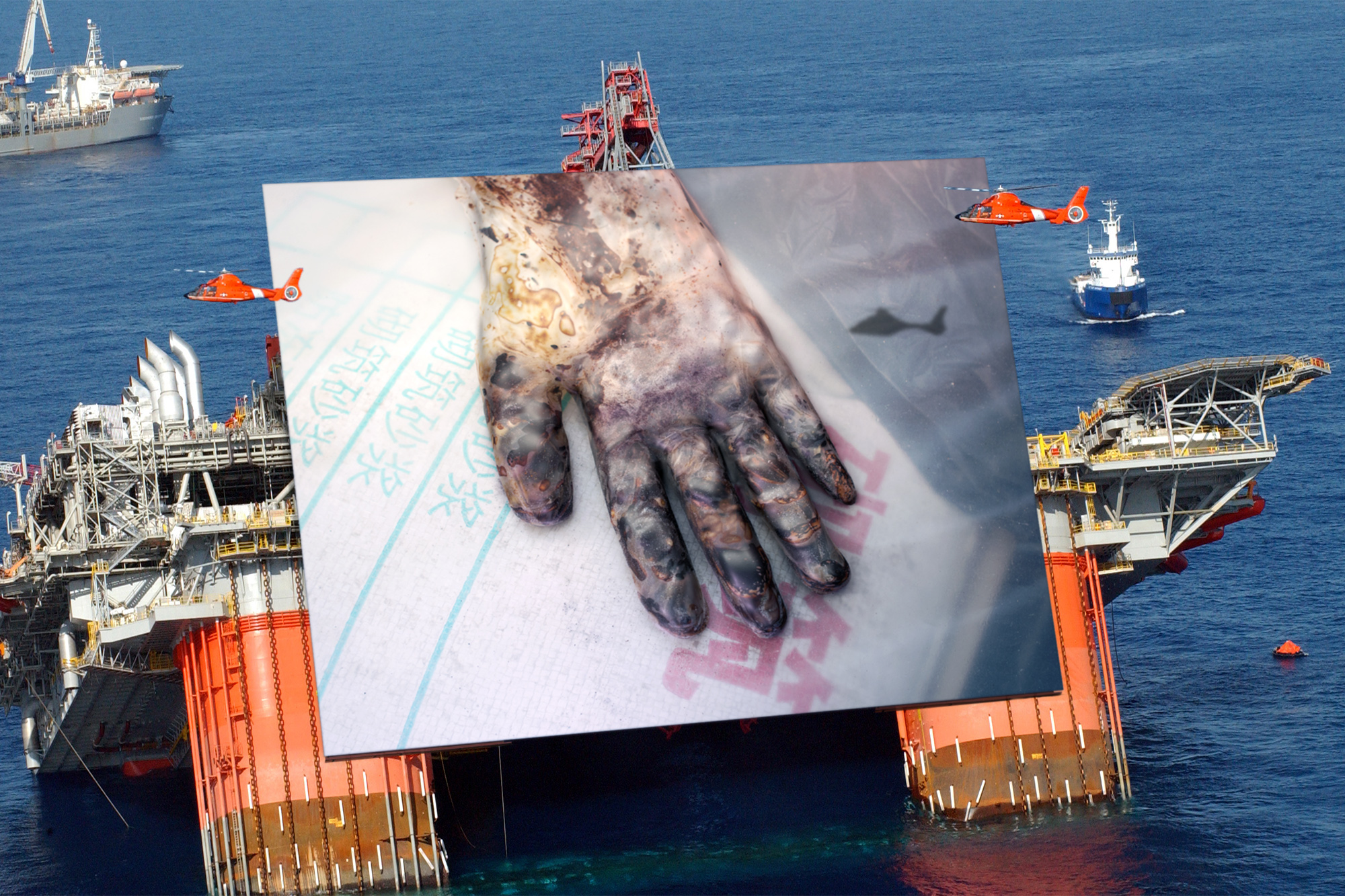
© Martin Kohout
Skinsmooth Average Eyes, 2016
In the Sphere of Chemical Technology
The relation between geological history and hypermodernity amounts to the smallest of catalytic processes. Historian of industrial chemistry Benjamin Steiniger describes the technological metabolism that is forging an intimate connection between fossil materiality and humankind.
We see that wherever the entrainment of energy is in action, from the flying gnat to the ocean steamer, then solely chemical energy is being used. The steamer charges coal and not something like compressed air or liquid carbon dioxide, and the gnat charges carbon compounds, and no other form of energy enables it to propel its tiny body across such disproportionally great distances.
Wilhelm Ostwald, Naturphilosophische Vorlesungen (1902)
Metabolic processes are a central criterion of life. Some living organisms translate volatile cosmic radiation energy into stores of chemical energy, while others in turn metabolize these chemical energy stores to be able to move. Animals, plants, fungi, protozoa, bacteria—they all have their different roles to play in classification systems, in the realms and domains of life, because they propel very specific forms of metabolism: photosynthesis or fermentation, the inhaling and exhaling of breathing air, food intake and excrement. The interaction between different metabolisms—for instance, the respiration by animals of the oxygen produced by plants and the resulting supply of carbon dioxide that enables plants to grow—forms the cycles of metabolism. The waste product of one process is the starting product of another.
The metabolic system of humans corresponds to that of many other animals. We breathe and need oxygen, and we are omnivores or, as the case may be, herbivores. But, in fact, the metabolic system of humans far exceeds the organic biological framework of other animals, for we are not only a biological but also a technological species. And ever since the taming of fire, since the earliest ceramics, metallurgy, and pharmacy, the chemical stores of the technological human species encompasses far more than just food and breathing air. When determining the metabolic economy of even the simplest cooked meal, one could actually also add to the equation the firewood and the metabolism rate of the earthenware and all the other tools used. To establish and maintain forms of human life as social and technological cultural beings, countless substances, whether the simplest or the most complex, are mobilized, altered chemically, and in this form fed into existing or newly initiated metabolic cycles.
Two salient questions arise when thinking about metabolic processes: What is the ecological-technological niche of the anthropos as the dominant species in the Anthropocene; or, in other words, what is the scope of the activities of this anthropos and how are they incorporated into the Earth system? And how does the technosphere function as a medium between geohistorical, current-day, and future biospheres, atmospheres, and lithospheres? These issues can only be clarified by tracking the metabolic processes of the industrial anthropos fully in their breadth and range. This tracking would enable an ensemble of organic and inorganic metabolisms to become visible, an ensemble that, in the age of the Anthropocene, surpasses all local and regional limits and covers the planet in its entirety. Human activity is so potent precisely because it operates—and this is at the heart of this essay—in terms of bonding and carrying forward nonhuman chemical metabolic chains.

large
align-left
align-right
delete

large
align-left
align-right
delete

large
align-left
align-right
delete
One part of the cultural technological metabolic processes of the anthropos relates literally parasitically to other organic metabolisms, for instance those of farm animals, crop plants, yeast fungi, and bacteria. However, inorganic chemical processes, like the smelting of iron ores, are even involved in the context of organic metabolism processes. It was, after all, the vitalizing activity of prehistoric oceanic bacteria that, in a first step, made possible the accumulation of iron in banded iron formations, and, in the case of other bacteria, in the form of bog iron ore. Here technological chemistry continues and carries forward processes begun by organic metabolisms. Limestone calcination is also inconceivable without the maritime organisms that produced the limestone in the first place. However, whether technology bonds cycles or rather opens them further is still a matter of perspective in the case of smelting iron ore and processing limestone.
In contrast, the use of carbon and oil shows a much clearer picture. The massive release of fossil carbon is obviously to be approached as reciprocation, as the technological second half of a cycle that is organically initiated. One of the key characteristics of the industrial epoch—that is, the use of fossil energy carriers and fossil materiality, without which neither the production and accumulation of goods nor the historical course of modernity are conceivable—may be described as a modern fossil metabolism. What was bonded in carbons, oil, and gas by fossil organisms over thousands of years, and then over millions of years stored in the lithosphere, has been released again over just a few decades to fuel engines. The actual sparking of the chemical reaction in a combustion engine occurs within a range of one-fifth-hundredth of a second. The accumulation of the energy necessary for such ignition can only be estimated in millennia. Combustion in general—in other words, oxidation—would be impossible without the oxygen in the atmosphere, once supplied by fossil organisms and their metabolisms over billions of years. In this asymmetry between geohistorical, long-range accumulation and rapid technological dissipation resides, as is generally known, the greatest set of problems facing the modern industrial age, built entirely [as it is] on fossil resources.
Ubiquitous Metabolism
To accurately characterize geohistorically relevant human activities, the biological concept of metabolism needs to be extended in scope to include numerous forms of chemical and categorical changes of substances. The categorical role change from naturally occurring fossil substance into an economically calculated resource, and then further into a technological product, can be plotted and exemplified at several points. The calculating, tapping, and opening of an oil or coal deposit is one example of an initial access point where nature becomes technology.
In the sense of a genuine—that is, chemical—metabolism, it is the further steps in processing that are the relevant ones: first those that take place in the chemical plant or refinery, then in the case of fuels in engines and other power units.
Essentially a chemical concept, metabolism addresses a central point of the modern technosphere. Not only does the physical, geographical translocation of resources propel modern history, but so too does their chemical transformation. A molecular mobilization is at work behind planetary acceleration and mobilization. To remain metaphorically in the spherical imagery of the technosphere: the deliberate concatenation of the electronic spheres of chemical elements into new molecules first generated the planetary technosphere we are familiar with. It is scientifically formed—that is, artificial—molecules upon which typical phenomena of the Anthropocene are dependent, and eventually will also become visible as a sharply delineated layer in the sediments of the Earth.
On the level of chemical technology, it must be noted that while fuels are perhaps particularly conspicuous, they are by no means the only products of the modern fossil metabolism taking place in the chemical plant. And all these products, whether fuels, plastics, munitions, fertilizers, or pharmaceuticals, have, in one way or another, direct contact with very specific metabolisms. In civilian contexts, for example, explosives are important in construction and thus indispensable for infrastructure. Deployed instead as munitions, they have geopolitical and geostrategic effects on economic and cultural spheres, and thus on the structure of not only economic but also biotic metabolisms. As an icon of the aseptic in operating theaters or as packaging material for food items, plastic stands for the purposeful prevention of metabolic processes. It is also indispensable in information technology as an isolator and supportive material. Elsewhere, for instance, through unplanned, quasi-hormonal transpirations of specific synthetic molecules, plastic intervenes in the metabolism of organisms. Petrochemistry furnishes literally a complete arsenal of toxins, and thus of operators in metabolism, whether intentionally as pesticide or herbicide in agriculture, or as an undesirable—but somewhat tolerated—poisonous byproduct in scores of industrial processes.

small
align-left
align-right
delete
In another form, fossil materiality is literally foodstuff. Hydrogen, extracted out of natural gas, is one of the components of ammonia, itself produced with fossil energy within the high-pressure reactors of the Haber process, and thus of fertilizer. And carbon dioxide, accumulated massively in refining processes, is injected straight into one of the largest greenhouse complexes in Europe, located in Rotterdam, and thus lands directly in our vegetables. We are thus not only eating food prepared for consumption using fossil energy, but are literally ingesting fossil molecules. Moreover, we also absorb in intimate ways pharmaceuticals and cosmetics produced from fossil resources into our bodies. Here, metabolic processes are propelled or, as in the case of disease or the aging processes, curbed. But even remote substances, concatenated with numerous metabolisms, are produced from fossil resources. One example is one of the most expensive substances readily available in everyday life: printing ink. One of the most important black pigments of the technology, known as carbon black, is paradoxically a waste product. That is, it emerges at the end of a thermodynamic exploitation chain that is technologically planned to create this particular waste. It is produced by deliberate sooting, that is, the burning of clear natural gas. And, thus, fossil raw material intervenes in the metabolism of any information based on printed paper. Not to mention other uses of carbon black that are possibly also relevant to metabolism, such as in tattooing. The list can be added to almost indefinitely. Metabolic processes are identifiable in almost every close or remote area of life, wherever a fossil substance is literally converted and wherever this conversion in turn interacts with other substance conversions.
Interconnected Processes: Chemistry and History
Alongside this horizontal perspective on the breadth and diversity of metabolic processes at the present historical juncture, the vertical perspective on the overall geohistorical course of metabolism is also of great interest. This perspective encompasses the course from the biogeochemical formation of fossil resources, to their technological consumption, and then their ecological afterlife. Firstly, this long geological and geohistorical framework reveals the role of current human history in the Earth system.
While a specific section in the material or energetic conversion may well catch the eye as particularly significant, it always has a before and an after. And both of the concepts pivotal to the debate pursued here, that of the technosphere and the Anthropocene, focus interest on an explicitly long time frame. We are dealing with processes and phenomena of the longest duration and development.

small
align-left
align-right
delete
The sheer diversity of the individual phenomena thus needs to be abstracted further into more general concepts and principles. Probably the most general characteristic would be the releasing of fossil carbon as part of what media theorist McKenzie Wark has termed a “carbon liberation front.”Wark, McKenzie, Molecular Red: Theory for the Anthropocene. London: Verso, 2015. At the same time, this provides only a very incomplete description of the process. The industrialized process of modern history, so unique in the course of history, cannot be explained by the mere act of “liberating” carbon. The releasing contributes to the Great Acceleration only because the fossil materiality intervenes into numerous other systems. Mobility, war, agriculture, pharmacy, capitalism, commodities, information technology—fossil materiality is a main operator in all these systems. It is decisive that these systems are continuously dynamic and at times self-reinforcing systems, into which carbon and oil—or more precisely, the artificial molecules produced out of carbon and oil—are incorporated. A multitude of substances are interconnected chemically so as to then unfurl an effect systematically across very different levels. Fossil energy is deployed with ever-increasing purpose and precision. For some time now, it has not been just raw materials that are being burned. In the production of fuels, fertilizers, and plastics, carbon and oil are not necessarily the most interesting components in the chemical process. How the various components in hydrocarbon chemistry are compounded depends not so much on the fuel source of oil itself but on the catalysts that steer the direction of the chemical reactions. It is through these chemical-cybernetic components that the “carbon liberation front” first becomes a coordinated, and thus historically and geohistorically influential, process.
Interestingly, a major aspect of organic metabolisms is also discernible here in industrial metabolisms. Metabolic processes may consume energy, but they also create structures. Less complex components nourish more complex organisms, whereas raw materials are refined in the chemical plant. When energy is invested—as it were—into molecules, technological substances, being far more potent than natural ones, can be won from fossilized nature.
Processes always occur over time. This applies to legal processes just as it does to chemical ones, and to historical and geological processes. Which constituents and which range of actions are measured and comprehended depends on the instruments of cognition and the guiding epistemological interest. As early as 1850, the chemist Christian Friedrich Schönbein compared chemical processes with the theater: “Every chemical event that is synthetic or analytic”—that is, the release or composition of a substance—is a drama made up of different acts, a genuine ‘processus’, i.e. it has a beginning, a middle and an end.Christian Schönbein, to Justus Liebig, March 5, 1868, quoted in Alwin Mittasch, Katalyse und Katalysatoren in Chemie und Biologie. Berlin: Verlag Julius Springer, 1936, p. 57.
In the case of chemistry, this means that a complex drama, a to-and-fro between completely different actors, can be played out within fractions of a second—although human perception often only perceives a simple separation or a compounding of substances. Or human perception observes just a tiny fragment of the action, whereby a small episode is taken to be the whole, when actually a much longer plotline needs to be followed if everything important is to be understood. How perceptual possibilities differentiate between not only phenomena but entire life worlds was demonstrated by another natural scientist of the nineteenth century, the entomologist Karl Ernst von Baer, in a proto-kinematic thought experiment. By necessity, according to Baer, the concepts of time for bacteria and for sequoias have to be different. Whereas not even the change from day to night is noticeably relevant in a bacterium’s life and perceptual span of just a few minutes, meaning life runs as if in a slow-motion replay, for a sequoia the seasons and decades rush past as if in a fast-forward time-lapse.
The conversion of fossil resources characteristic to the technosphere furnishes insights in both—here, metaphorically couched—directions, that is, into very slow and very fast processes. The technologies deployed in the scientific-industrial complex capture temporal processes down to the miniscule measurement of femtoseconds (10-15 of a second). Conversely, raw material geologists work with time grids spanning hundreds of millions of years. The substance conversion rates significant for our life world are a technological combination that would not be producible without scientific insights in both directions. The longest and shortest conversion rates have to be thought of in conjunction. The thought experiment described by Baer is greatly exceeded in both directions, in the direction of both the shortness and the length of processes.

small
align-left
align-right
delete
As in the case of the chemical plant, for the technosphere overall it is not the slow fossil energy sources and raw materials that have the most interesting part to play in metabolism. In the 1930s, the Russian biogeochemist Vladimir Vernadsky conceived of the sphere of science as a “noosphere,” comprising a special part of the “biosphere.” Just as the biosphere describes a numerically very small but very special and productive part within the Earth system, the “noosphere” as the sphere of science describes a numerically very small but very special and productive part of the biosphere. Given the weighty technological infrastructures of concrete and metal across the planet, the criterion of a numerically very small noosphere is not applicable to all aspects of the technosphere. However, in the geohistorical context, the technosphere developed by humans is nonetheless to be understood as an asymmetrically small but powerful operator. As the catalysts of chemical technology accelerate and steer processes without ever being fully absorbed in them, the scientifically based technosphere has active and productive interfaces at its disposal that extend into countless metabolic systems. The most significant bridge the technosphere has forged—that is, the extended connection between the early history of life on earth (the life worlds of carboniferous forests and plankton oceans, the algae that generate the oxygen atmosphere) and the “modern way of life” of our present, as well as the resultant, geohistorical consequences for coming life forms—is indeed only understandable on evolutionary scales. The technological metabolism with fossil materiality moves substances intimately close to us, substances with which we would otherwise only be connected via long, evolutionary bonds. And the long-term effects of a changed planetary biosphere, one where connective points of a new evolution are started in microbiological plastic milieus, are discernible only through the prism of the very longest possible concepts of time.
The metabolic processes taking exemplarily place in refineries and engines are, in fact, evident in all areas of the lives of fossil-using modern humans and encompass stretches of time far surpassing the human frame of reference. It is, however, patently obvious that, as the operator of a geohistorical metabolism, human action is in fact participating in the one single stretch of whole time from “fossil” to “hypermodern.” We are even aware of this and fix our place in the cosmos precisely there, the place of the anthropos in the Anthropocene.

large
align-left
align-right
delete
Translated by Paul Bowman
Special thanks to Martin Kohout for the visual material of his project Skinsmooth Average Eyes, 2016, https://martinkohout.com/skinsmooth-average-eyes/